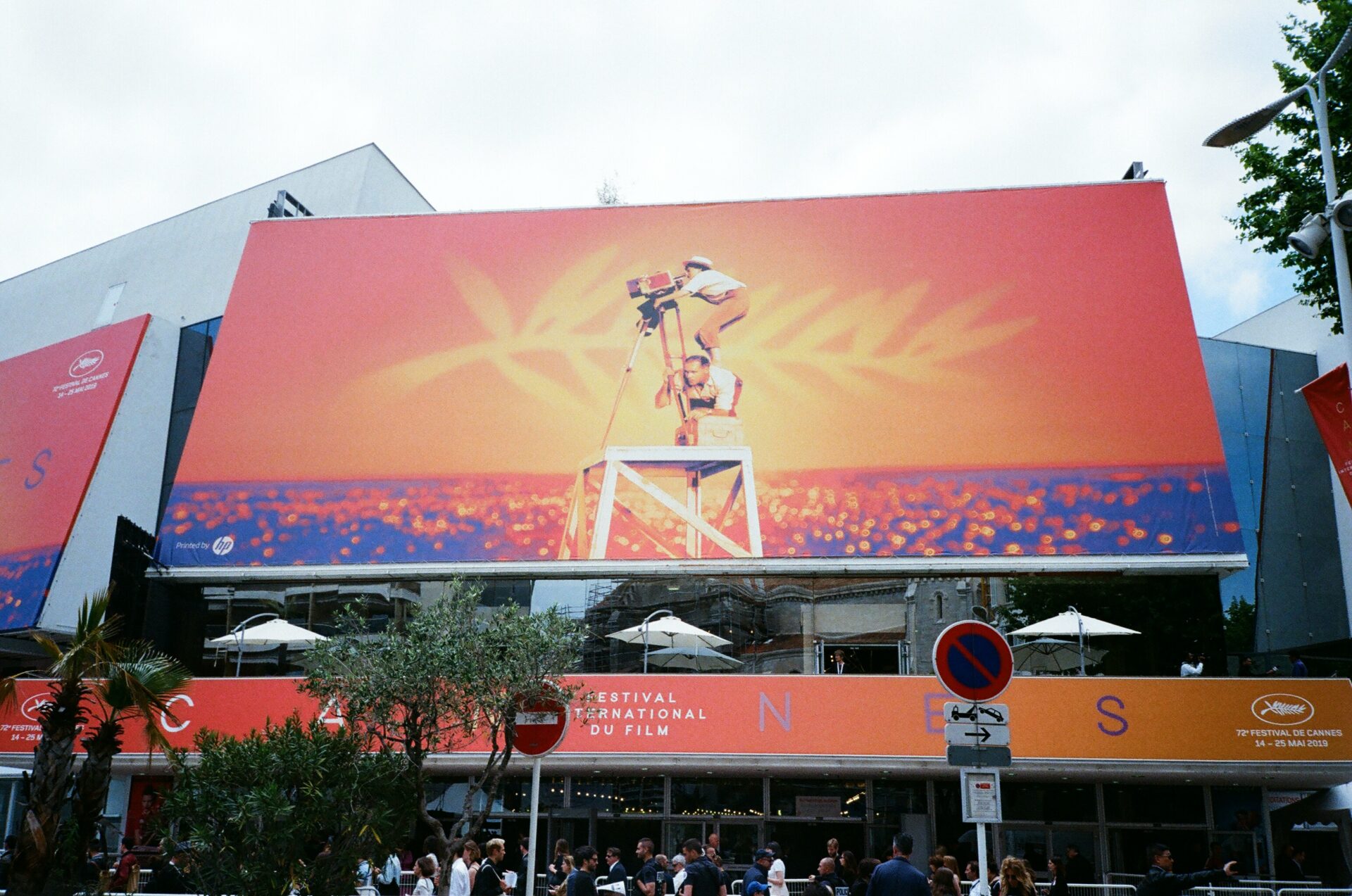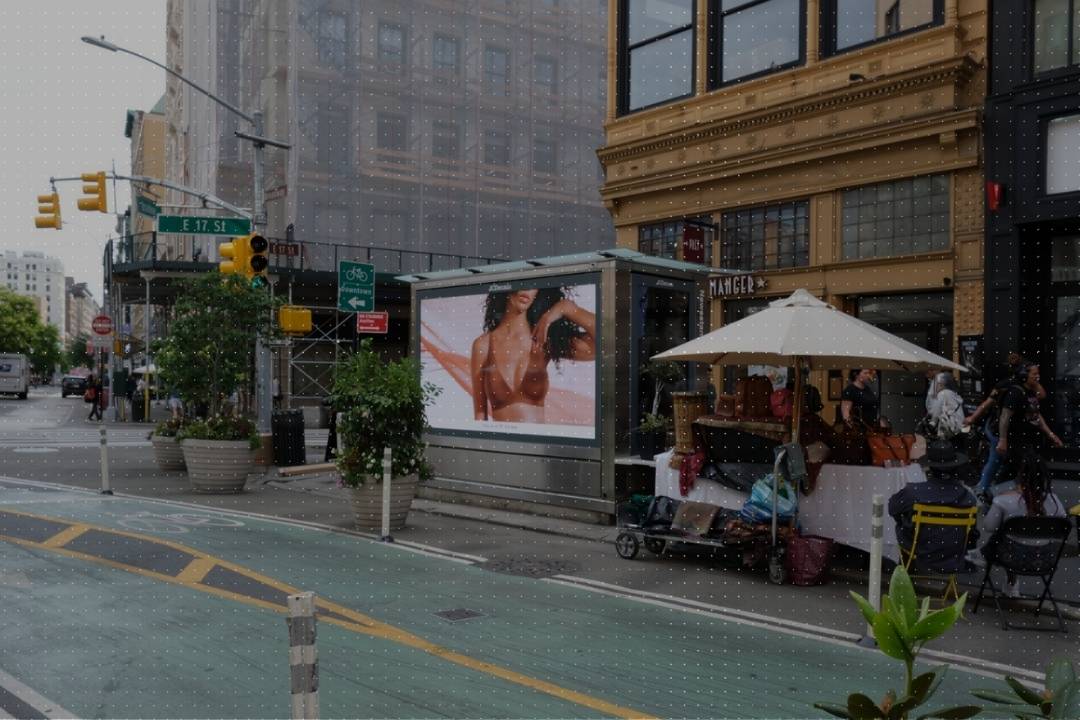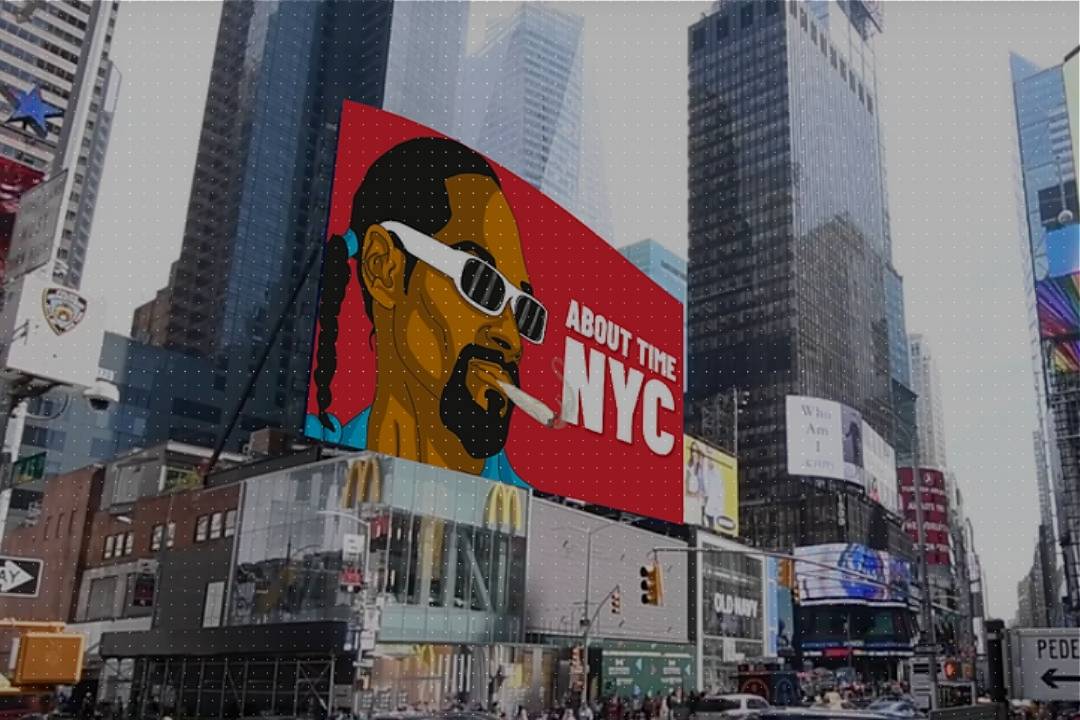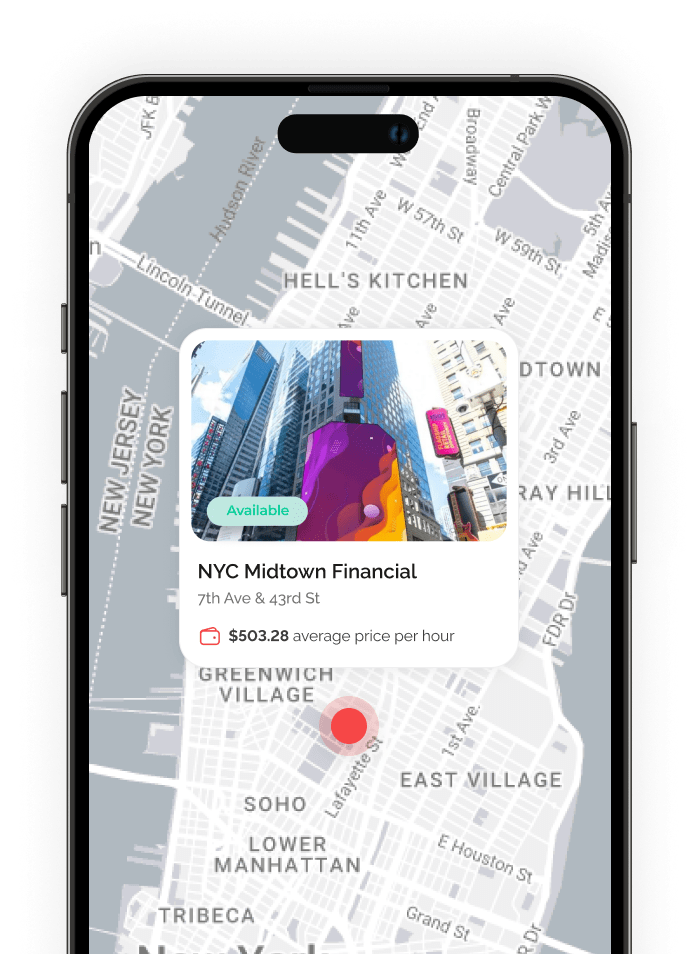Billboard Dimensions: A Guide to Effective Advertising

Standard Billboard Sizes
Have you ever drove by a billboard that seemed to dominate the entire landscape? Perhaps you’ve strolled by a smaller billboard in a busy retail center that made just the appropriate amount of noise. These are not random events or coincidences. They are, in reality, part of a thorough planning process focusing on billboard proportions, a critical aspect in establishing successful advertising.
Overview of Common Billboard Dimensions
Ever wondered why some billboards appear larger than life? The magic lies in understanding standard billboard sizes. These range from larger-than-life bulletin billboards that are typically 14 feet high and 48 feet wide, meant to catch the eyes of fast-moving highway traffic, to smaller poster billboards that usually measure 10 feet by 22 feet, designed for more leisurely city streets where viewers have more time to take in the ad. The size of a billboard plays a pivotal role in how the message is received, with larger billboards often associated with grandeur and smaller ones fostering a more intimate connection.
Dimensions for Bulletins, Posters, and Digital Billboards
Let’s dive a bit deeper into the trio that rules the roost: Bulletins, Posters, and Digital Billboards. Bulletins are the largest standard-sized billboards, typically 14 feet high and 48 feet wide. They offer maximum exposure along high-traffic roadways and are perfect for launching new products or creating brand awareness.
Posters, on the other hand, are smaller and usually measure 10 feet by 22 feet. Their size makes them ideal for detailed messages and closer viewing distances, commonly found in urban or suburban areas.
Lastly, we have digital billboards, the tech-savvy sibling of the trio. These come in a range of sizes, with 14 feet by 48 feet being the most common. However, thanks to the digital aspect, they can be custom sized more easily than their static counterparts, giving advertisers more flexibility.
In conclusion, understanding the dimensions of different billboard types allows you to choose the right one for your brand, enabling you to create the most effective and impactful advertising campaigns .
Billboard Size Selection
Choosing the right size for your billboard can be akin to finding a needle in a haystack. Many factors come into play, ranging from the nature of your message to the location of your billboard. Don’t fret, we’ll guide you through the process.
Analyzing the Message and Content Requirements
Think of your billboard as a stage. The actors are your ad’s elements: headline, images, logo, and perhaps a call to action. The size of this stage greatly influences how your actors perform. A concise, bold headline? A smaller billboard might suffice. A detailed image or more complex messaging? Larger billboards might be more suitable.
Consider what you want to communicate and how much visual real estate you need to do it effectively. Remember, a cluttered billboard is a no-go; it leads to confused viewers, which isn’t the path to successful advertising.
Considering Locations and Surrounding Environment
The location of your billboard is as important as its content. A larger billboard along a fast-paced highway ensures maximum visibility, while a smaller, more detailed one might be ideal for pedestrian-heavy city centers.
Take into account the speed of traffic, viewing distances, and even the height at which your billboard will be placed. Essentially, match the location and environment with the right size billboard to maximize its impact.
Balancing Budget and Size Options
Money matters, and billboard advertising is no exception.Larger billboards come with larger costs , not just for the space, but also for production and installation. On the other hand, smaller billboards may be more affordable but might not provide the same reach.
Think about how much you’re willing to invest and weigh it against the visibility and impact you desire. Don’t fret about not having a Super Bowl-sized budget, though. Sometimes, a well-placed smaller billboard can outperform a larger one, particularly if it’s located in an area with high foot traffic.
In essence, strike a balance between your budget and your desired visibility. Effective advertising isn’t about the biggest size; it’s about the best fit.
Billboard Design Guidelines
Now that you have chosen your billboard’s size and location, it’s time to venture into design. A well-designed billboard can maximize your message’s impact within the chosen dimensions.
Optimizing Content Placement within the Dimensions
Designing a billboard is not simply about slapping on images and text; it’s an art that involves strategically placing these elements for optimal visibility and impact. Key information should be prominent, with supporting visuals and details organized in a hierarchy of importance.
A simple rule of thumb? The most important information needs to be the most visible, so scale and position it accordingly. Remember, viewers typically have only a few seconds to absorb your message. Make sure it counts.
Choosing Appropriate Font Sizes and Image Resolutions
Ever squinted to read text on a billboard or been put off by a blurry image? These are cardinal sins in the world of billboard advertising. The right font size and image resolution can spell the difference between a successful campaign and an advertising flop. As a rule, for every foot of viewing distance, an inch of text height is needed for legibility. So, for a billboard viewed from 300 feet away, your main text should be at least 30 inches high. For images, high-resolution is key. Aim for 300 DPI at the actual size of your billboard. This ensures your image is sharp and clear, even when viewed up close.
Specialized Billboard Formats
Beyond traditional billboards, there’s a universe of specialized formats. These can offer unique ways to reach your audience, each with its own dimension rules.
Overview of Unique Billboard Types and Dimensions
From bus shelters to digital screens, innovative outdoor advertising formats provide ample opportunities for creativity. They come in varying dimensions, adding more tools to your advertising toolbox. Bus shelters, for instance, usually offer spaces of 47.24 inches wide by 68.5 inches high, excellent for detailed messages targeting pedestrians or slow-moving traffic. Digital screens in malls or busy streets, on the other hand, vary greatly in size and offer dynamic content changes, maximizing exposure to a diverse audience.
Considerations for Non-Standard Billboard Sizes
Non-standard billboards, like wallscapes or building wraps, defy traditional size constraints. However, they require careful planning and design due to their unconventional nature. Ensure your design fits well within the given space and is scaled correctly for easy viewing. Also, think about the location. A larger-than-life billboard might be awe-inspiring in a bustling city center but could be overwhelming on a quiet country road.
Compliance and Regulations
Lastly, we touch on a less exciting but equally important aspect: compliance and regulations. These often dictate your billboard’s dimensions, so understanding them helps prevent legal snags down the line.
Familiarizing with Local Regulations and Restrictions
Local rules for billboard advertising vary widely, from size restrictions to illumination rules. Always familiarize yourself with these regulations before planning your campaign. In many areas, you can find this information on local government websites or by contacting your local city council.
Ensuring Compliance with Size and Placement Rules
Every city, state, or country has rules regarding the size and placement of billboards. Some areas may have strict height restrictions, while others may limit the size or type of billboards allowed in certain locations. It’s crucial to ensure that your chosen billboard meets these requirements to avoid penalties or removal.
Obtaining Necessary Permits and Approvals
Before you launch your billboard campaign, make sure you’ve ticked all legal boxes. This includes obtaining necessary permits and approvals. It might be a tedious process, but it’s a small price




